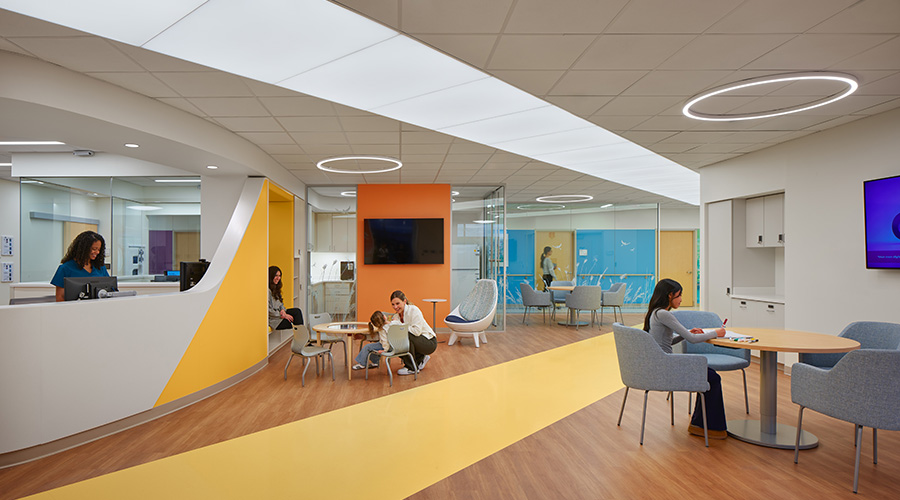Aircuity (www.aircuity.com), creator of measurably better environments, announces the expansion of its platform at University Health Network (UHN), the largest research hospital in Canada. Aircuity was chosen for its accurate intelligent building platform in order to reduce energy costs and improve the indoor environment.
Aircuity monitors the indoor environmental quality of buildings and informs building ventilation controls to provide optimal airflow levels. At UHN, Aircuity was first installed in the Princess Margaret Cancer Research Tower (PMCRT). The platform’s DCV control of the labs’ supply air saved approximately $800,000.
A powerful compliment to Aircuity’s platform in lab buildings is the exhaust fan application, but the previous exhaust system had produced a continuous discharge plume wasting energy when the air exhausted was clean. Aircuity and channel partner AirGenuity implemented Aircuity’s exhaust fan application for maximum savings within the building.
Newly installed variable frequency drives allowed fan speeds to be ramped up or down according to building needs. When Aircuity detects any contamination in the exhaust plenum, fan speeds are increased until the air is clean again. This intelligent platform ensures not only energy savings but also a clean, healthy space for researchers and occupants of surrounding buildings in downtown Toronto.
While the exhaust fan application was being installed at PMCRT, University Health Network installed Aircuity to optimize supply and exhaust air in its Krembil Research Tower, incurring additional savings. Once Aircuity’s exhaust fan application was implemented, annual savings amounted to 1,550,000 kWh (equivalent to 160 houses in Ontario) and electric peak demand savings of 111.7 kW (equivalent to running 1,400 flat screen TVs simultaneously). This saved $200,000 annually. Coupled with savings from the previous Aircuity lab project in PMCRT, utility cost savings total $1,000,000 annually.
“We wanted to create the best research spaces possible but in an environmentally and fiscally responsible manner,” said Ian McDermott, Senior Director, Research Facilities, UHN. “We looked for innovative solutions and partnering with AirGenuity/Aircuity was absolutely the right choice.”
 Contaminants Under Foot: A Closer Look at Patient Room Floors
Contaminants Under Foot: A Closer Look at Patient Room Floors Power Outages Largely Driven by Extreme Weather Events
Power Outages Largely Driven by Extreme Weather Events Nemours Children's Health Opens New Moseley Foundation Institute Hospital
Nemours Children's Health Opens New Moseley Foundation Institute Hospital Code Compliance Isn't Enough for Healthcare Resilience
Code Compliance Isn't Enough for Healthcare Resilience Ribbon Cutting Marks First Phase Completion for New Montefiore Einstein Facility
Ribbon Cutting Marks First Phase Completion for New Montefiore Einstein Facility